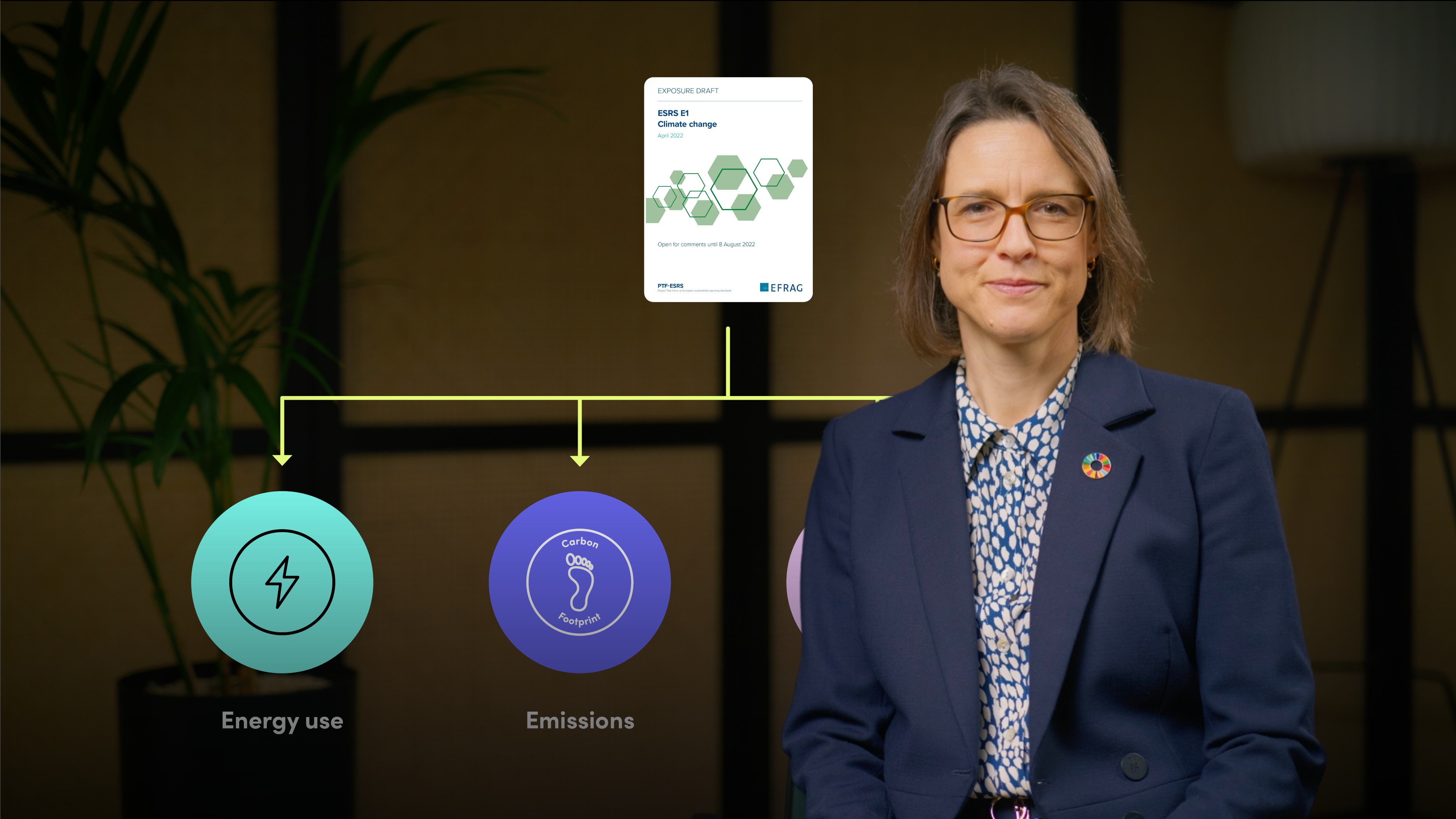What is ESRS E1 and why is it important?
ESRS E1 is the climate change standard under the EU’s Corporate Sustainability Reporting Directive (CSRD). It’s crucial because all companies must report against it, as climate change is assumed to affect everyone and is a key concern for investors. ESRS E1 aims to provide a clear understanding of how companies are addressing climate change, what actions they are taking, and how their business models will adapt.
How does ESRS E1 relate to other reporting standards?
ESRS E1 doesn't stand alone. Companies must also report generic information described in ESRS 2, which covers basic details like reporting scope and materiality assessments. While ESRS 1 is an introductory document, ESRS 2 sets out the ‘name and address’ part of the reporting, including the need to assess which of the other 10 standards are material. However, climate change reporting under ESRS E1 is mandatory for all.
What are the key components of ESRS E1?
The standard follows the Task Force on Climate-Related Financial Disclosures (TCFD) structure: governance, strategy, risk management, and metrics & targets. Governance requires evidence that climate change management is taken seriously, including assessing management performance against emissions reduction targets. Strategy involves a transition plan and an assessment of the company's resilience to climate change. Risk management is expanded to include impact and opportunities, utilising scenario analysis to model future possibilities. Metrics & targets involve detailed reporting of greenhouse gas emissions across all scopes and setting science-based targets.
What does the transition plan entail?
The transition plan should detail past, present, and future mitigation efforts to align the business model with a sustainable economy aiming for a 1.5°C temperature rise limit. It covers eight key aspects: compatibility with the Paris Agreement, levers to deliver targets, financing of activities, assets with long lock-in periods, alignment with the EU sustainable Taxonomy, exclusions from Paris-aligned benchmarks, embedding the plan into business strategy, and progress implementation. Companies without a plan must state when they will have one.
How is climate resilience assessed?
Assessing climate resilience involves describing the strategy and business model's resilience to climate change. It requires an analysis of the company’s resilience to a changing climate, including using scenario analysis to explore various future possibilities. This helps understand the potential impacts and vulnerabilities of the business.
What does impact, risk, and opportunity management involve?
This section goes beyond traditional risk management to include impact and opportunities. It requires the use of scenarios to model potential futures and assess climate-related risks and opportunities. Companies must describe their process for identifying and assessing these, detail their impact on climate change (GHG emissions), physical risks in their operations and supply chain, and disclose climate-related opportunities.
What are the key metrics and targets requirements?
Companies must detail their climate-related targets and how they were set. This includes reporting all scopes of GHG emissions in tonnes of CO2 equivalents or as a percentage of a base year. The base year must be stated and updated every five years after 2030. If targets are science-based, the framework used must be disclosed. Importantly, greenhouse gas removals, carbon credits, or avoided emissions are excluded from these targets.

































